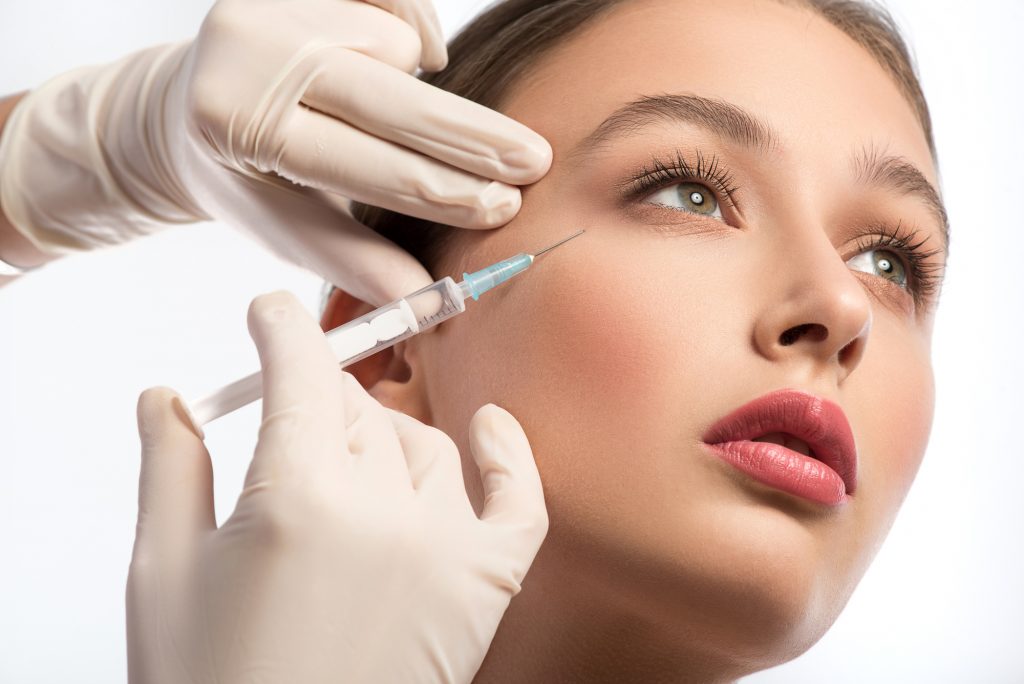Botox Vs Fillers: Which Is Right For You?
When you look in the mirror, do you see skin that has lost some of its youth and vibrancy? Do you have deep lines or wrinkles, thinning lips, or crow’s feet?
Aging is a natural part of life, but there are some steps you can take to combat the look of aging skin and restore your youthful beauty.
If you’ve tried topical creams and haven’t seen the results you’ve wanted, you may be considering an injectable treatment. There are varieties to choose from that treat aging signs differently, but what are the differences between botox vs fillers and which one will work for you?
In this article, we’ll teach you about what exactly botox and fillers are, what they do, and help you make an informed decision about which treatment would have the most benefits for your skin.
Read on to get one step closer to skin rejuvenation!
What is Botox and What Does it Do?
When you think of plastic surgery, Botox might come to mind. In reality, it doesn’t involve a surgical procedure in the traditional sense. Botox, a neuromodulator, is made of Botulinum Toxin type A. While “toxin” may sound scary, Botox has been used in facial treatments since 1987.
Botox is actually one of three brands of the same type of injectable treatment. The other available brands on the market are Dysport and Xeomin. Each of these formulas utilizes Botulinum Toxin type A to restrict the facial muscles.
Botox is injected into the face to help relax facial muscles that contribute to lines and wrinkles. Botulinum actually temporarily paralyzes certain muscle areas where it is injected. Commonly used to treat fine lines and wrinkles, Botox is most useful for the targeted areas of the forehead, the middle eyebrow, and the squint lines of the eye.
Botox is not a permanent treatment. Results usually last for around 3 to 6 months, and repeat visits are required to maintain the effect.
What are Facial Fillers and What Do They Do?
Facial fillers are injected under the skin to add plumpness and smooth out lines. They help add volume to hollow areas, and can even add plumpness to lips.
Many fillers are made of hyaluronic acid, which is a water-binding agent that occurs naturally in our skin. You may recognize the name of this substance, as it is commonly used in topical facial products such as moisturizers and sheet masks.
Common brand names of hyaluronic fillers include Juvederm, Restylane, Belotero, and Sculptra. Other brands of fillers include a type of calcium, such as Radiesse.
Depending on the formula, results from dermal filler injections can last 6 months to 2 years.
Botox Vs Fillers: What to Use?
In most cases, expression lines are better treated with botox. These crease points on the face are caused by years of expression muscle contractions. Often we see these where our eyes squint, known as “crow’s feet,” or where our brows furrow (referred to as “elevens.”)
Other types of lines respond better to fillers. Sunken smile lines, lip lines, or any other areas that are “at rest” respond better to being plumped up from a filling serum. These areas are typically not because of a lifetime of muscle contraction.
Instead, it is because of collagen loss and reduced ability over time for the skin to regenerate. Therefore, you don’t need to relax the muscles, rather rejuvenate their volume and moisture content. For areas that need deep fillers, such as sleep lines, a filler with added calcium can be used.
Fillers come in a variety of viscosities, so different ones can be used in targeted areas. A plastic surgeon or dermatologist can evaluate what thickness you will need for your specific concerns.
Fillers can even be used to subtly adjust the contours of the face and correct slight asymmetry around the nose.
What is the Recovery Time?
If you’re concerned about the recovery time for these procedures, you shouldn’t be.
For Botox, there is almost zero downtime. Some professionals recommend not laying down for a few hours afterward, and refraining from exercise for 24 hours. Besides that, you’re safe to resume any normal routines and activities immediately after the procedure.
The effects of Botox usually develop in about 2 to 7 days. Some sensitive areas may suffer minor bruising that fades in a short time.
Facial fillers have a similarly easy recovery time. Some sensitive people may have slight bruising or swelling, but typically these side effects subside quickly. Results are immediately evident after a filling session.
Which Treatment is Right For You?
Botox vs fillers, which one will target your problem areas?
If your aging signs include forehead furrow, vertical wrinkles between the eyebrows, or crow’s feet, you are likely a candidate for Botox.
If you’re suffering from thinning lips, sunken smile lines, a reduction in facial volume, or sleep lines, you need facial fillers to correct these issues.
A consultation with a plastic surgeon or dermatologist who is licensed to administer these treatments is necessary. It’s always a good idea to visit a local medical professional and check it out to ensure they are a clean, reputable facility.
Your consultation will cover your areas of concern and get you the best advice on which treatments are appropriate for your face.
If you want more great posts about beauty and health, check out our blog at UpGifs! We cover a variety of educational and self-improvement topics, with new and engaging content that you need to know!

